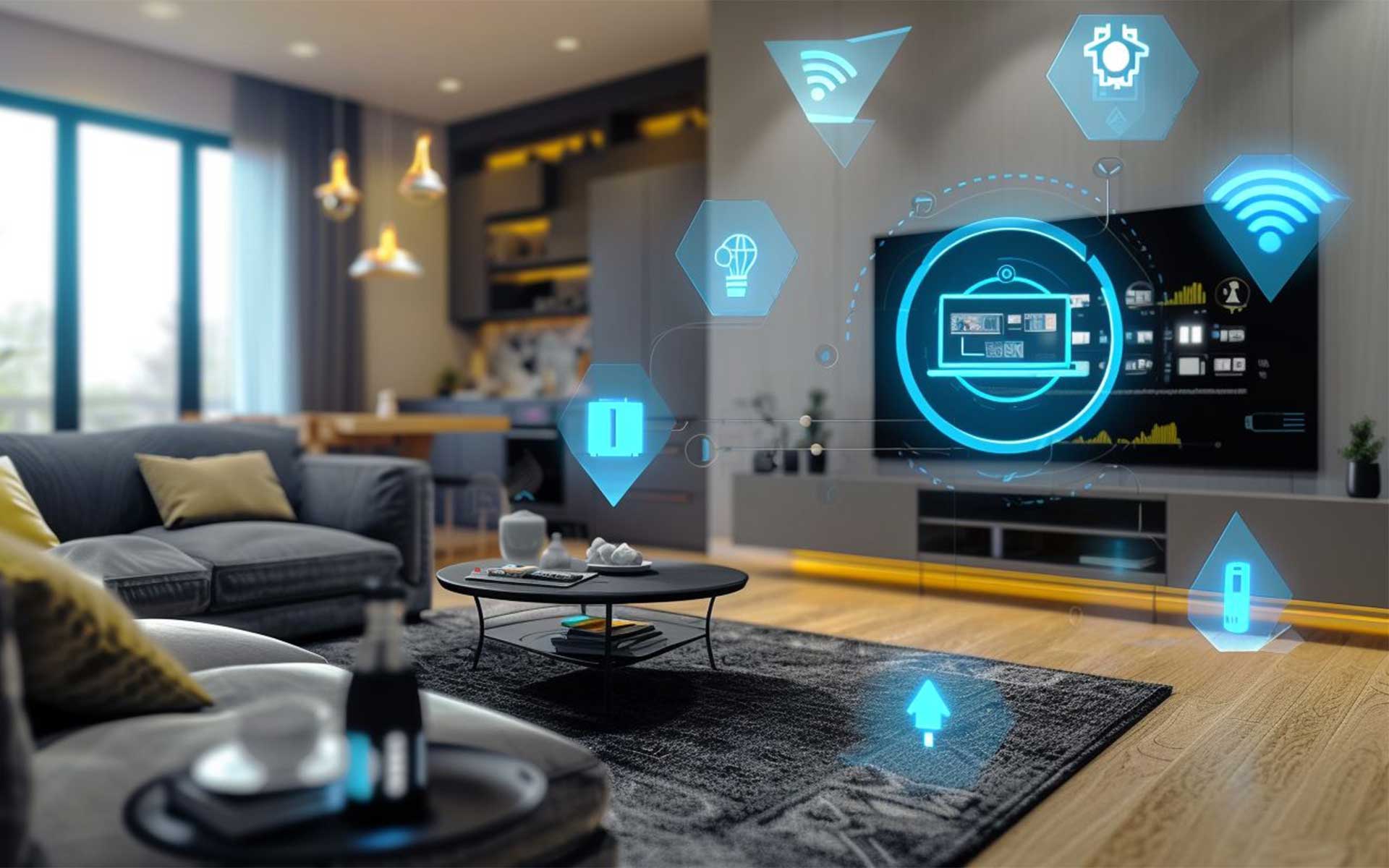Have you ever walked into a room, silently wishing the lights would greet you with their welcoming warmth without fumbling with pesky switches? Or maybe you’ve dreamed of your home as a virtual personal assistant, one who knows that ‘just right’ temperature and magically adjusts accordingly? It seems we’re always searching for those little touches that make every day easier, perfectly syncing our homes and lifestyles.
We understand – it’s pretty alluring to have a home that really gets you, responding intuitively to your needs. Smart homes are decidedly not futuristic fantasies anymore; they’re here now and getting smarter every day.
Sales of smart home IoT devices surged to an impressive $13 billion in 2019 – talk about technology reshaping how we live! With an eagle eye on the ever-emerging advances in the Internet of Things (IoT), we’ve gained invaluable insights into home tech, including perks that impress – and some pitfalls that do not.
Join us as we demystify smart home automation and navigate what makes modern homes smarter than ever.
Key Takeaways
- Smart home devices, like thermostats and security cameras, connect to the internet for easy control via phones or voice commands. This tech simplifies daily tasks and saves energy by managing lighting and temperature settings.
- IoT gadgets in smart homes need strong internet to function well, so a weak Wi-Fi signal can disrupt how these devices work. Also, without proper encryption, there’s a risk of hackers stealing personal information.
- In 2019, sales of smart home devices reached $13 billion. People are buying more IoT products for their homes every day. These include Nest thermostats that adjust heating automatically and smart locks you can open with your phone.
- High initial costs for equipment and possible monthly fees are part of setting up a smart home system. However, many owners feel the benefits and future savings on energy bills make it worth the investment.
- Future technology improvements will likely make IoT devices even smarter. They’ll use AI to learn our habits and better anticipate our needs to create an even more seamless living experience at home.
Definition of a Smart Home
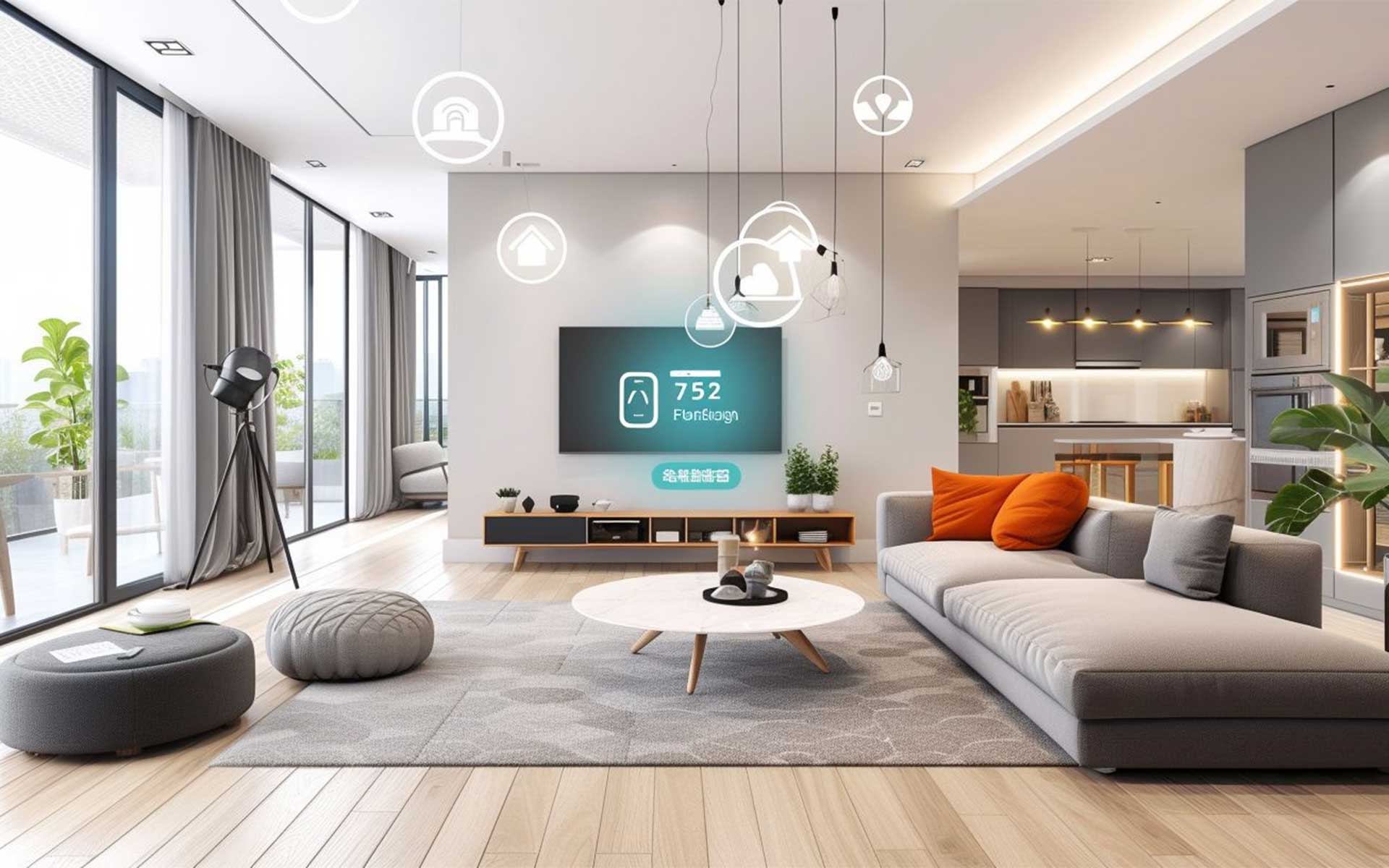
Having a smart home means controlling your living space with technology. It’s a house where appliances, heating, air conditioning, TVs, computers, entertainment systems, security cameras, and lighting can communicate and work together. And since smart home tech is internet-based, you can control them from anywhere with your phone or voice. Today’s IoT unifies everything under a single network, making life easier as your home effortlessly reacts to your needs.
The Role of IoT in Smart Home

What is the internet of things? Today’s Internet of Things (IoT) refers to a network of physical devices, vehicles, appliances, and other devices that are embedded with sensors, software, and network connectivity that allows them to collect and share data, conveniently unifying all home devices. This includes thermostats, door locks, lights, and even kitchen appliances. They talk to each other using the internet and store learned data in the cloud. For example, a smart refrigerator can order milk for us when we run out, and a smart thermostat can automatically adjust temperatures based on lifestyle habits.
Plus, IoT allows us to conveniently control everything connected with our phones or voice commands, whether at home or away. Still not convinced? This informative video shares ten benefits of smart home automation, demonstrating how transformative IoT can be in everyday life.
Key Smart Home Technologies
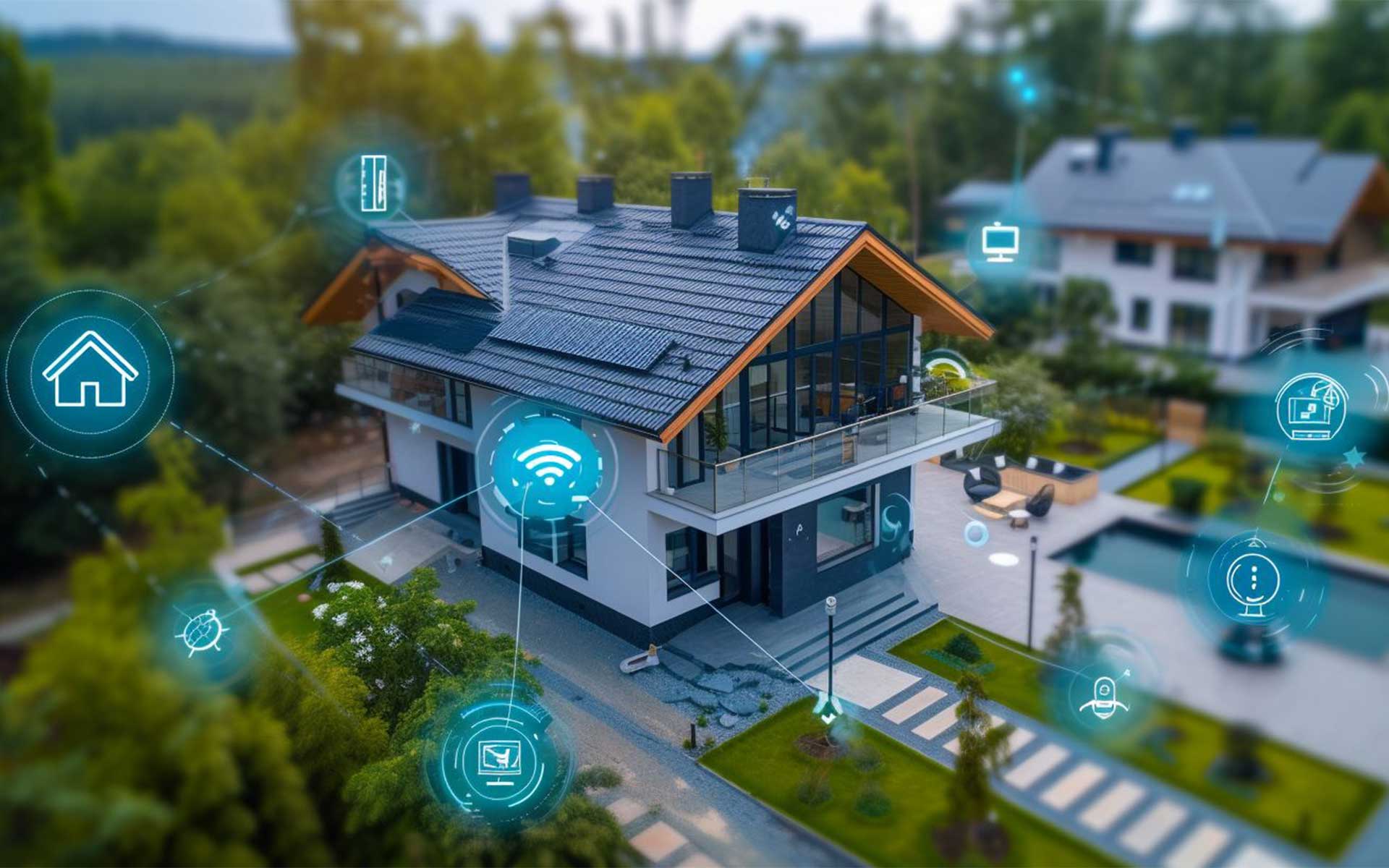
So, let’s get to the core of our connected living spaces and explore how key smart home technologies are not just futuristic concepts – but everyday realities that heighten the convenience and efficiency of our homes.
Heating
Our smart homes keep us warm without wasting energy. Smart thermostats learn our schedules and adjust the heat accordingly. For example, they can sense when a room is empty and turn down the heat to save money.
The learning begins when we tell them what temperature we like, and they do the rest. So, if it’s cold outside, our houses are already cozy when we walk through the door.
Using our phones or voice assistants like Amazon Alexa or Google Home, we can control the home’s heating from anywhere. It feels great to travel during winter months, knowing that smart technologies continue to manage energy use while keeping pipes from freezing back at home.
Smart heating systems connect to the smart grid, too; this means they’re not just following orders – they’re communicating with power stations for efficient energy management.
Audio/Visual
Ready to control movies, music, and shows with just a voice command or a simple click? Smart home technology can transform spaces into theaters and concert halls with smart speakers and screens synced to stream our favorite entertainment.
Of course, nothing creates ambiance like the right lighting, and today’s smart lighting can dim or brighten to match the room’s mood. Plus, voice control means we don’t have to pause the fun to change settings or find an elusive remote.
These innovative audio/visual features make life easier, whether you’re throwing a party, watching a movie, or just relaxing after a long day – especially when you can manage it all so easily from anywhere in or out of the home. From easily adjusting the sound to dimming lights at bedtime, life’s routines are simplified with today’s entertainment and lighting innovations.
Security
Smart home IoT brings better security to our doors. Enjoy peace of mind with smart locks and security cameras that can be checked from anywhere with your phone or tablet. With IoT, our smartphones become remote controls, letting us secure doors and windows or watch live property video feeds when not at home.
It’s like having a personal guard on duty 24/7.
However, these smart systems need security to stay safe – especially since many internet-connected devices don’t encrypt data by default, giving hackers a chance to sneak in. That’s why it’s critical to update software regularly and add those crucial security patches to keep home networks safe and secure.
How Smart Homes Work

All of these amazing features and benefits we’ve discussed so far aren’t magical – although at times it may seem so! Smart home technology functions like a sophisticated symphony of technology and connectivity, and we will break it down in the simplest way possible. After all, even if understanding the intricacies of IoT architecture, cloud platforms, and the seamless services that allow devices to communicate, respond, and learn from our daily routines isn’t your top priority – knowing how it all works can’t hurt. Plus, it may come in handy at your next cocktail party.
Advantages of Smart Homes
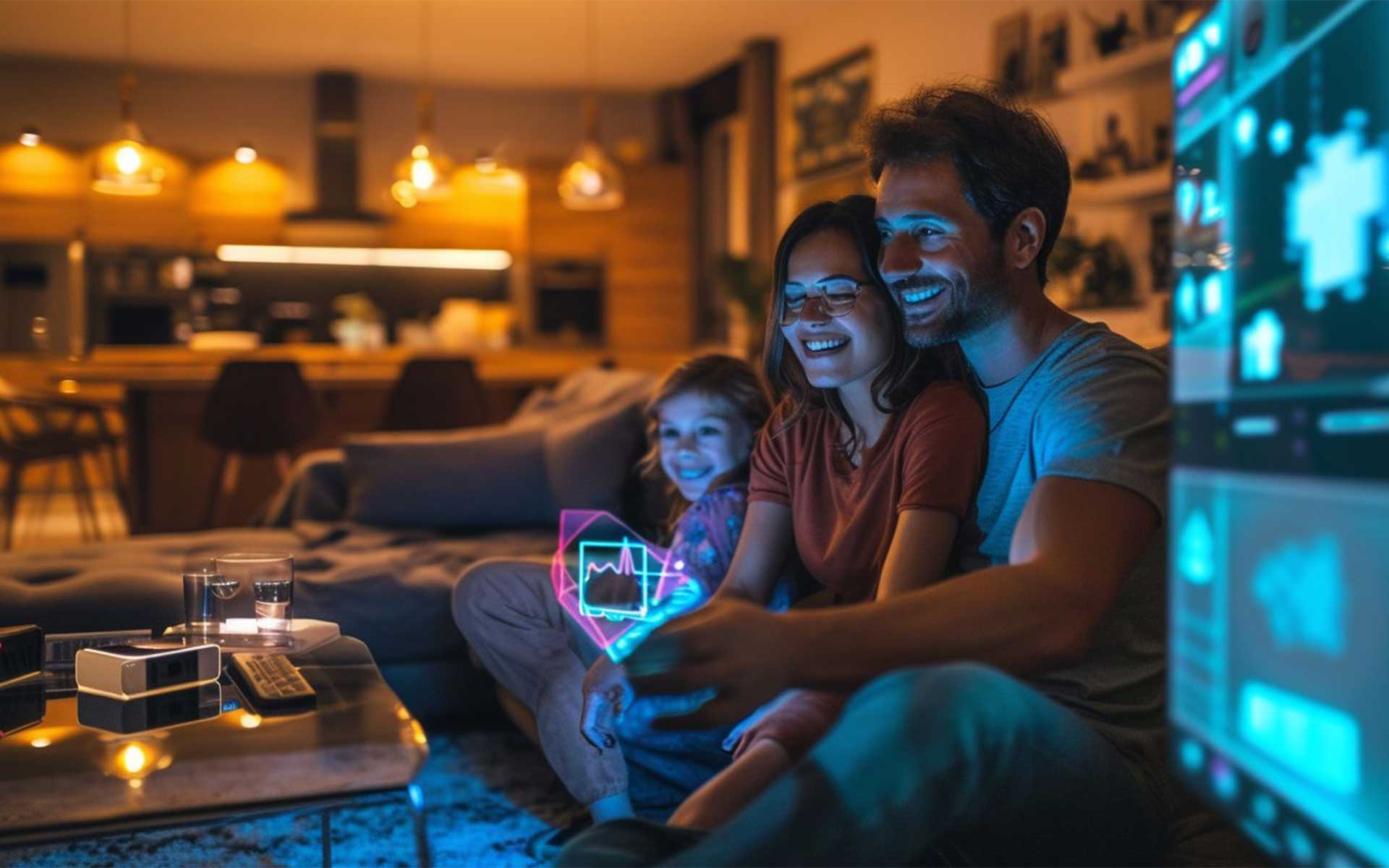
We’re embracing a world where our living spaces cater to our needs like never before, thanks to smart home technology that places convenience and control right at your fingertips.
From adjusting room temperatures with a simple voice command to monitoring security cameras while on vacation, the perks of IoT-integrated homes are transforming lives, turning daily tasks into effortless routines.
Convenience
We love how smart home tech makes life easier for us. Imagine adjusting your heating before you even get out of bed or having your favorite playlist start as soon as you enter the house.
These gadgets learn our schedules and preferences, ensuring everything is just how we like it. With a simple voice command to assistants like Amazon Alexa or Google Nest, we can manage lights and sounds, lock doors, and even check who’s at the front door from anywhere at any time.
Our busy lives get a little less hectic with these IoT systems in place. There’s no need to worry about leaving the oven on or whether you set the security alarm; smart homes have it covered.
Control everything from one device—even when you’re away from home—so that coming back always feels welcoming and secure. Smart technology takes care of everyday tasks so we can focus on what really matters.
Increased Security
Smart homes boost our safety with advanced security systems with motion sensors, cameras, and alarm systems to keep us safe. Plus, these systems allow us to watch our home from anywhere using our phones and send alerts if there’s unusual activity.
Although these gadgets can make us feel secure, we know some risks exist. About 55% of people worry about the safety of their smart devices. Also, 72% are concerned about how these gadgets handle their personal data. That’s why it’s crucial to choose products that focus on data encryption and have regular software updates to protect against hackers.
Disadvantages of Smart Homes
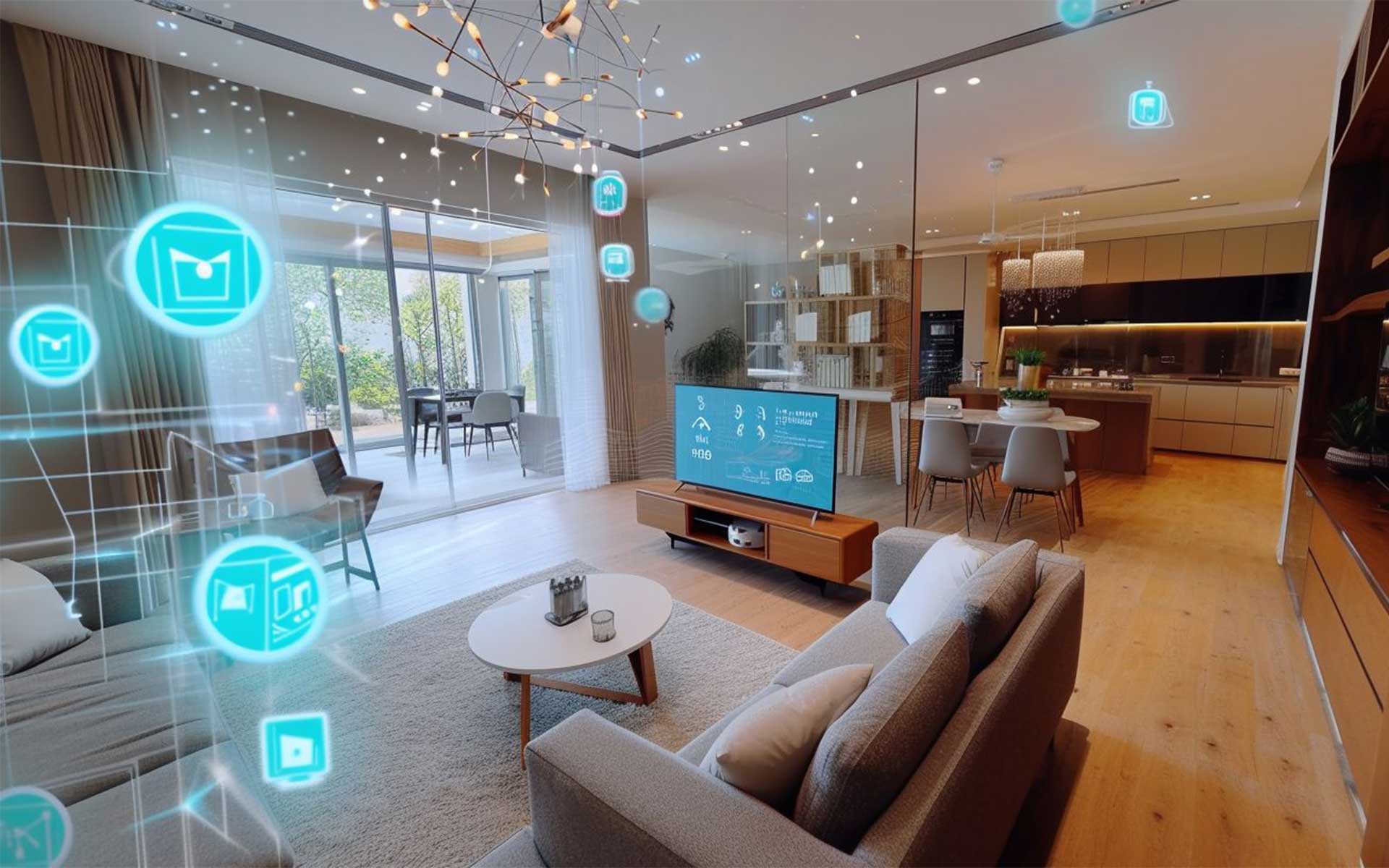
While smart homes dazzle us with convenience and efficiency, they also carry their own set of challenges — and considering the full picture is critical to any decision-making, especially when it concerns your home.
High Initial Cost
Setting up a smart home can be pricey. There are often many devices to purchase, like smart bulbs, security cameras, and thermostats. Plus, there are also installation costs and sometimes a monthly service fee – and all of it can add up quickly.
A heftier initial investment is typical when outfitting your home with IoT devices and systems. However, this cost is usually justified by the time and energy savings, not to mention the overall peace of mind. It’s an investment in our comfort and our home’s future.
Security Risks
Although we love how smart homes make life easier, the safety of our personal information is worth considering. Many IoT devices in our homes don’t have strong encryption, which makes it easier for hackers to get into our networks and grab sensitive data.
Of course, this is concerning for many. Our privacy is precious, and it’s no surprise that 72% of us are uneasy about how these devices handle our personal details. They collect a ton of information, and if they’re not secure, anyone could peek into our lives.
Therefore, having smart home technology also means being responsible. This includes using devices and systems with secure data encryption and regularly updated software to prevent unauthorized access.
Dependence on Internet Connectivity
Smart home tech gives us control at our fingertips, but it needs a strong internet connection to work well. Our lights, security cameras, and thermostats all depend on Wi-Fi. So, if it goes down, we can’t turn off that bedroom light or check the front door cam from our phones.
A stable internet is key for smart homes, which means a poor connection makes controlling devices difficult, creating chaos when we need things to run smoothly. Therefore, investment in a solid, reliable network provider is critical for smart homes to function well.
Real-World Examples of IoT in Home Automation
One of the most common examples of IoT in action is smart thermostats, like Nest. These devices learn our routines and adjust the temperature to save energy when we’re away. They can be controlled from our smartphones, making it easy to warm up the house before we get home.
Smart locks are another great example. You might have heard of August or Schlage locks that let us unlock doors with a simple tap on our phones. They can also give virtual keys to guests or send alerts when someone enters the home.
Kitchen gadgets have joined the IoT revolution, too. Refrigerators from companies like Samsung have screens that let us peek inside without opening the door. Some fridges also track expiration dates and create shopping lists automatically.
Even lighting has gotten smarter, thanks to Philips Hue bulbs. These sophisticated smart bulbs can change colors, set moods, and program lights to switch on at sunset – all through an app.
These real-world examples show how IoT makes day-to-day tasks easier for homeowners like us, turning houses into connected smart spaces.
Future of IoT Smart Home Automation
Smart home automation is getting smarter every day. In the future, we’ll see homes that learn from our habits and adjust to make life easier. Imagine walking through your door and having the lights turn on just how you like them or your favorite station playing right on cue.
New technologies like AI and machine learning are upping the ante in the evolution of smart homes. They will help our devices communicate with each other more efficiently, even making decisions for us based on lifestyle learning. Eventually, virtual assistants could manage our schedules, order groceries when we run low, or even suggest recipes based on what’s in the fridge.
IoT smart home technology aims for seamless integration between home and living. We’re moving towards a world where everything in our homes connects and works together smoothly – from entertainment devices to climate control systems to everyday appliances. Devices are getting better at predicting what we need before we even know it ourselves. This means fewer worries about small things, so we can focus more on enjoying life at home!
At the end of the day (both figuratively and quite literally), smart home IoT can make life easier and safer, allowing us to adapt home functions to lifestyle preferences with just a few taps on our phones. However, there’s room for improvement, as we must consider the challenges of internet outages and privacy risks.
Still, the future looks bright as technology advances, giving us homes that function without a thought by adapting to our needs to create more convenience, safety, and efficiency.
Smart Home IoT FAQs
1. What is the Internet of Things (IoT) in smart homes?
The Internet of Things, or IoT, connects home appliances and devices so they can communicate through networks like radio and Ethernet.
2. How do IoT technologies improve living at home?
IoT technologies make everyday tasks easier by allowing things like heating and air conditioning systems to adjust automatically and letting you control smart home appliances with natural language commands on devices like iPhones.
3. Can all smart home devices work together easily?
Not always; for them to work together, they need to be interoperable. This means they can talk to each other using common standards like Apple HomeKit or Insteon.
4. What are some challenges with smart home IoT?
Challenges include securing systems from hackers, ensuring different devices can interact smoothly (interoperability), and updating software regularly to keep everything running well.
5. Are there any advanced ways Smart Home IoT is changing homes?
Yes! Beyond basic controls, Smart Homes use analytics for predictive maintenance, computer vision for security, and even create digital twins – virtual copies of your home for better management.
6. Can Smart Home IoT save energy in my house?
Absolutely! By using ‘domotics’ – a.k.a. intelligent building technology – your HVAC system becomes more efficient as it learns when to turn on or off based on your habits.

